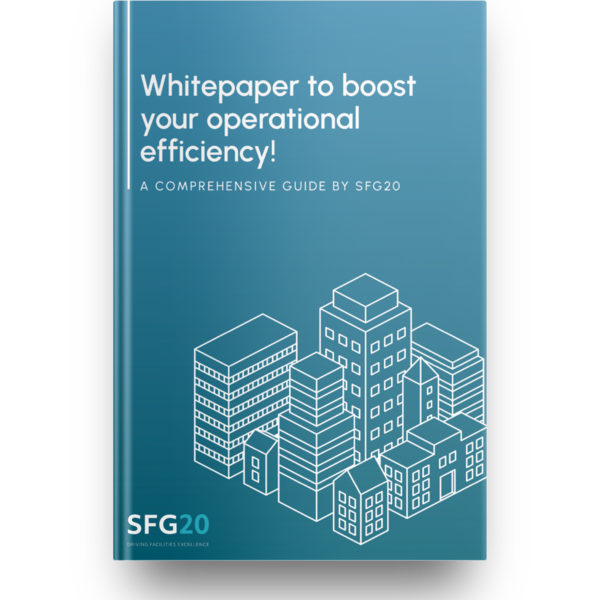Download your free copy of Taking over Responsibility for Maintaining an NHS Facility
Managing maintenance in NHS facilities comes with unique challenges and rigorous standards to ensure safety, hygiene, and operational efficiency. With patient care as the top priority, it’s vital to follow best practices that support a safe, compliant, and efficient healthcare environment.
Our guide provides step-by-step insights into maintaining NHS facilities, focusing on compliance requirements, preventative maintenance, and resource optimisation. Designed for healthcare facility managers and maintenance teams, this guide equips you with the knowledge needed to keep facilities running smoothly while adhering to NHS standards.
Download our free guide and gain the tools to enhance maintenance practices in your NHS facility.

In the meantime...
Watch a quick tour of Facilities-iQ's key features
Skip straight to the features that interest you. No registration required.





